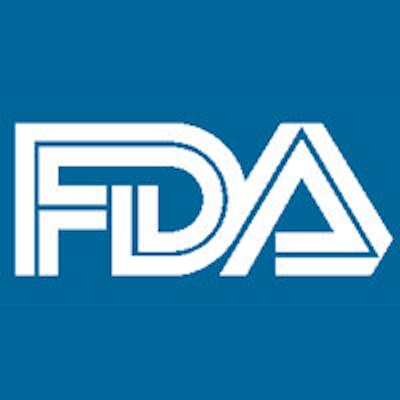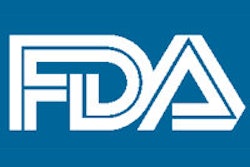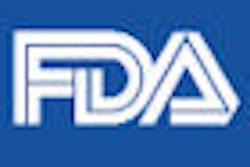
The number of radiology devices recalled by the U.S. Food and Drug Administration (FDA) skyrocketed after 2010 due to concerns over patient exposure to radiation following several high-profile radiation accidents.
That's according to a new report issued this month by the FDA's Center for Devices and Radiological Health (CDRH). The March 21 report analyzes device recalls over the 10-year period from fiscal 2003 through fiscal 2012.
FDA investigators found that the number of recalls during the period grew because of two main factors: improved recall reporting by manufacturers due to a new inspection rule, and increased attention by the media and FDA on radiation-emitting products.
The FDA's renewed focus on radiology devices began in 2010 when the agency held a two-day public meeting to discuss device improvements designed to reduce unnecessary radiation exposure. The agency has continued to focus on risks related to linear accelerators, CT scanners, and image processing systems, according to the report.
In response to this focus, the number of radiology device recalls grew from just over 100 per year in 2010 to a high of more than 250 in 2011; this level only dropped slightly below 250 recalls in 2012, the report notes. Radiology products were three of the top 10 types of products recalled by the FDA during the study period, as indicated below:
- Medical linear accelerators -- 176 recalls
- Radiological image processing systems -- 153 recalls
- CT scanners -- 115 recalls
For linear accelerators, the agency found that software failures caused more than two-thirds of recalls, including issues related to system compatibility (interoperability between treatment planning and treatment delivery systems), user interfaces (human factors), and dose calculation by clinical decision-support software.
The heightened attention from both the media and CDRH has prompted device vendors to be more aware of potential issues related to unnecessary exposure, according to the report. This has resulted in an increase in recall reporting, but CDRH is also aware that industry is working to incorporate new safety features into equipment.
"For the most part, the radiology problems have not been with the technology in itself, but rather with clinical use of the technology," the report states.



















